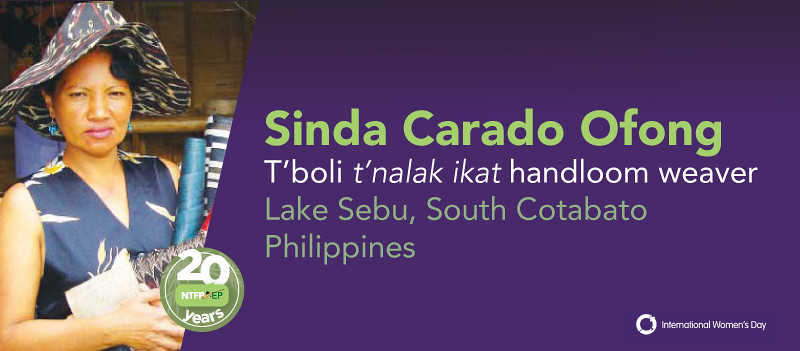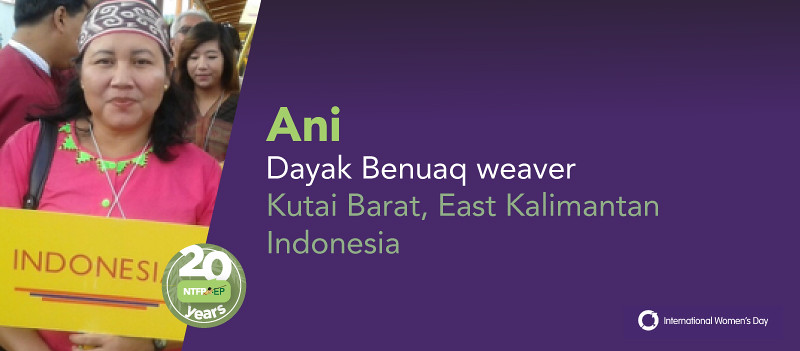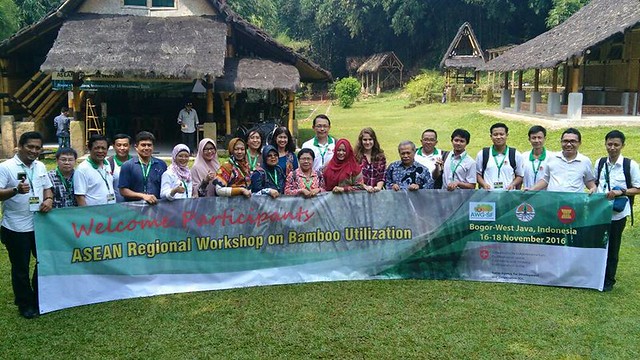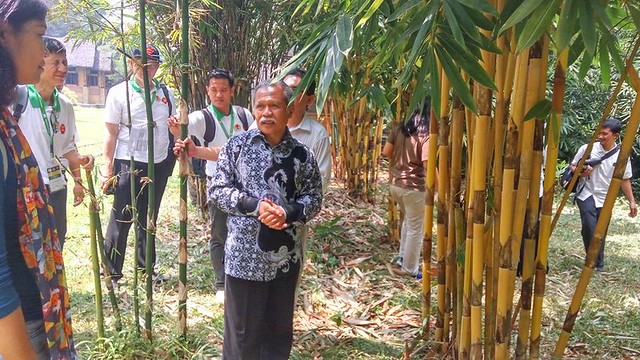MANILA, Philippines – Across the region and all over the world, we celebrate International Women’s Day (IWD) today as a reminder to Press for Progress.
The struggles of the indigenous peoples in asserting their basic human rights and fundamental freedoms are much more challenging among indigenous women. Deprived of their right to freely determine and pursue their economic, social, and cultural development within a male-gaze, women often encounter more difficulties getting around the system.
Despite the prevalence of patriarchal attitudes and ideologies that still persist within the facets of society, indigenous women have pressed forward and innovated a variety of forms of asserting their personal, communal, and creative capabilities. As a clear example, many indigenous women, through a trove of stories in dance, songs, and the arts, have established themselves as leaders contributing to the bigger rights movement.
In many instances, the mastery of the traditional art of weaving has become a celebration of the feats and powers of women who brought life to the world. As a celebration of the important roles and contribution of women in society, Crissy shares four remarkable women whose lives have not only touched her but pressed for greater progress:
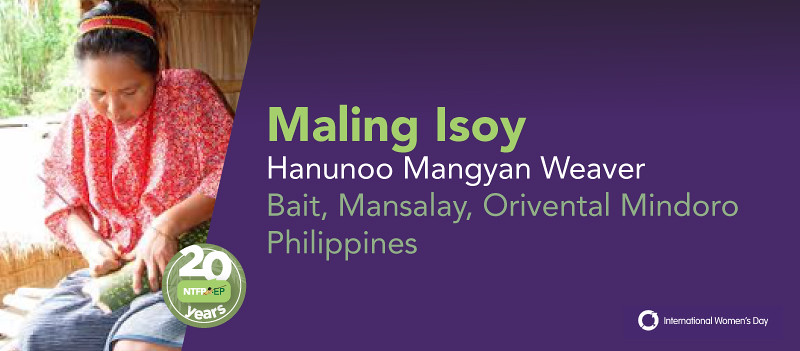
Photo Credit: Mangyan Mission
Maling was a Mangyan Hanunoo weaver who has mastered the intricate ramit handloom weaving. Aside from being among the few ambahan poets, Maling is popular for writing traditional Mangkyan script on bamboo and making bayong sinuluyan bags from buri fibers and nito vines. Not many can boast of such versatility.
Photo Credit: Beng Camba
Sinda made some of the most beautiful and intricate ikat patterns from Lake Sebu. However, she led a difficult personal life. I wish Sinda was alive today to witness many women around the world speaking up for their rights as women and as indigenous peoples. I can see her now smiling from her resting place above.
Photo Credit: NTFP-EP Philippines
Nay Luisa was among the older Higaonon weavers of Bukidnon who made the traditional abaca-based traditional hinabol textile designs like binudbod. She also loved to dance the circular Higaonon dance, dugso. We commemorate her legacy in her contribution to the young enthusiastic weavers who continue the Higaonon craftwork.
Photo Credit: Karin Hazelkorn
Ani was a Dayak Benuaq weaver. She was also a school teacher. But despite her busy professional life, she always made time for weaving the Dayak rattan anjat basket. Her heart was always full and had a selfless and brave spirit.
These four women, through their imaginative talent and political drive, have helped forge a space for vibrant communities through an assertion of their culture through enterprising. However, Maling, Sinda, Luisa, and Ani are but among many other indigenous women whose unique contributions and creative leadership standout in the context of the struggles of their times. The variety of forms of cultural expression that continue to press on as an effect of their inspirational lives are testimonies to their talents as artist leaders and a reaffirmation of their capabilities as progressive women leaders.
Happy International Women’s Day to all women everywhere!


